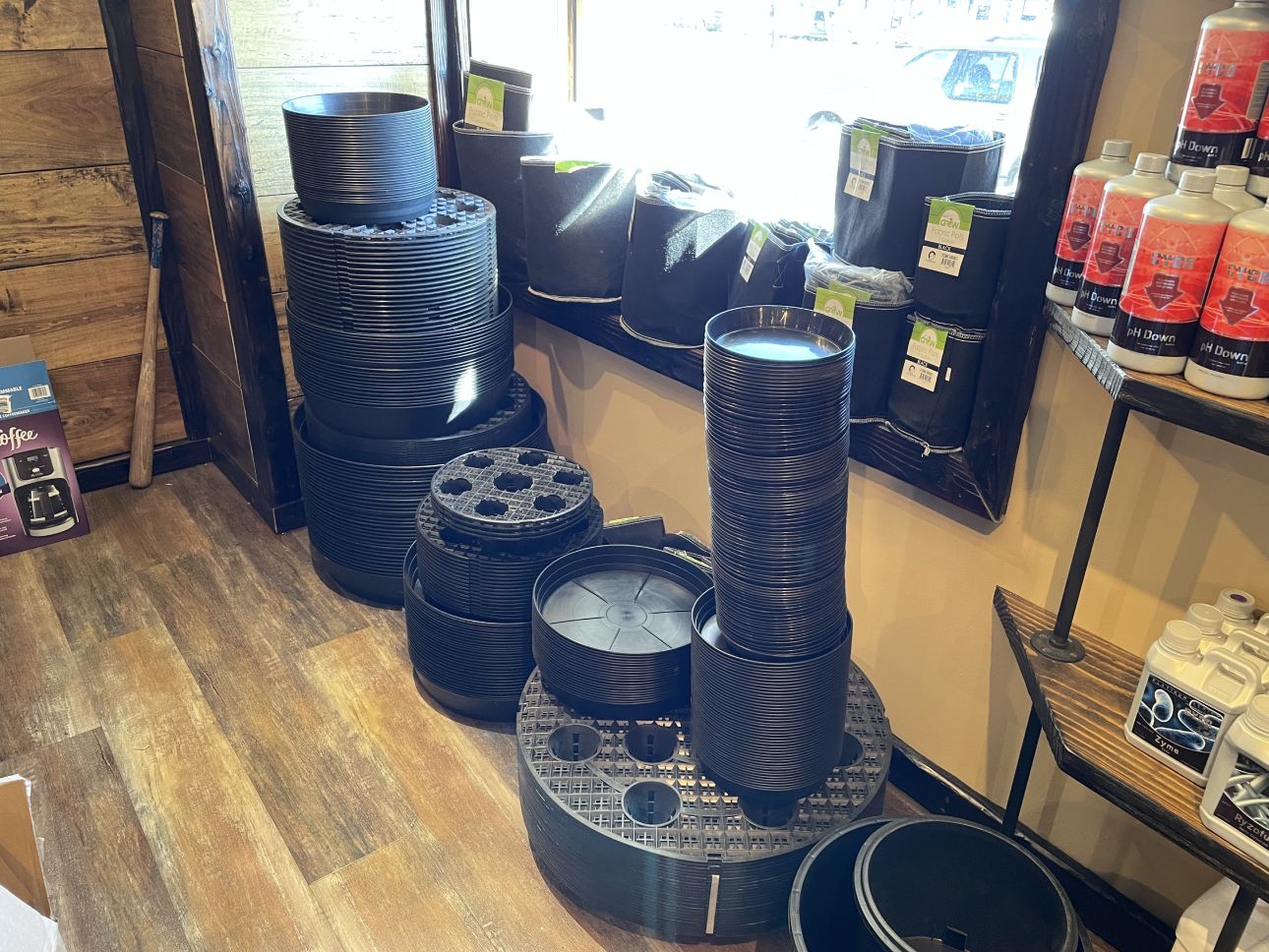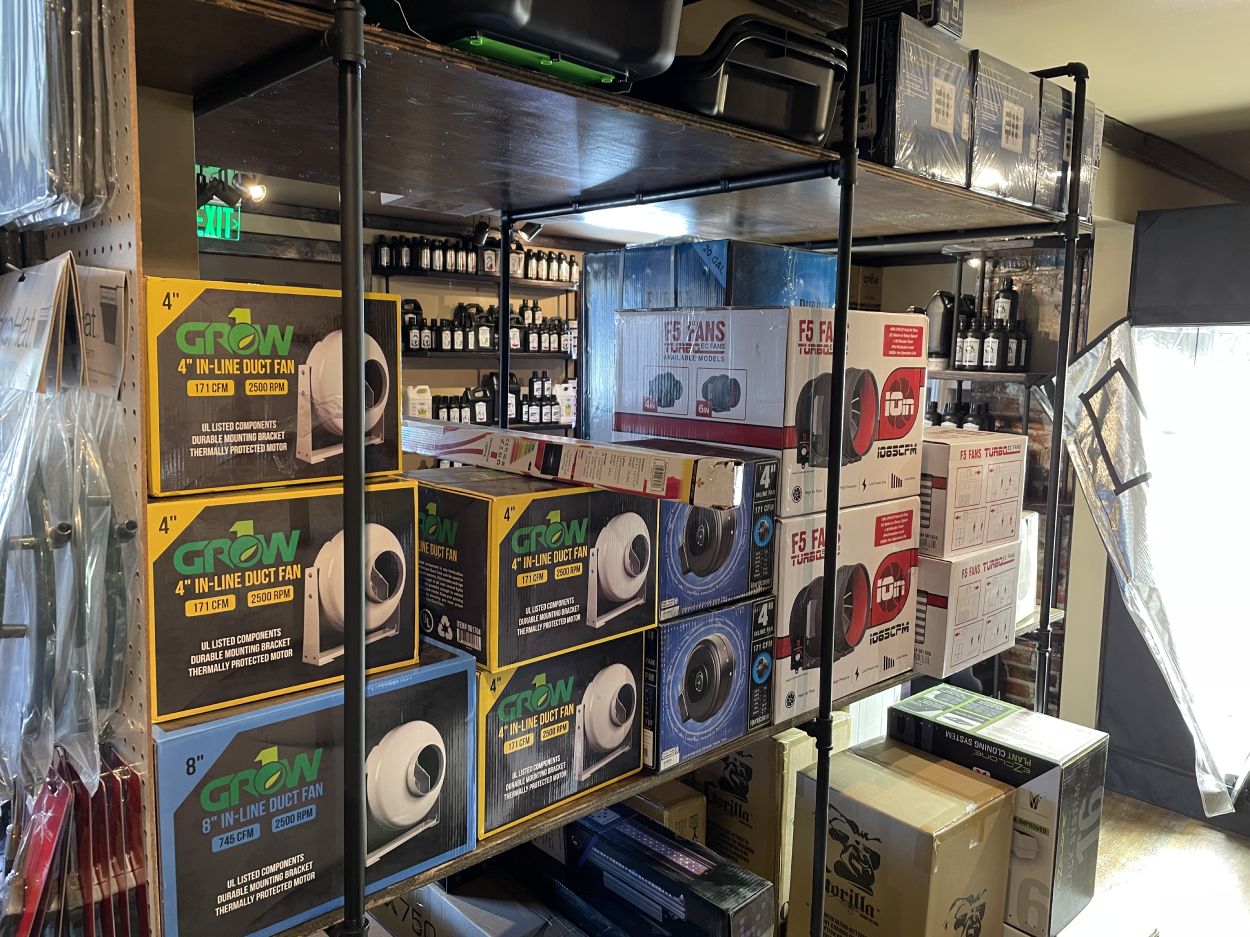Unlocking the Potential of Hydroponics: Comprehending Its Makes Use Of and Different Types
Hydroponics, a method of cultivating plants without dirt, has actually amassed raising focus for its possible to change farming and horticulture practices. As we navigate through the intricate landscape of hydroponic systems and techniques, it comes to be noticeable that each technique holds distinctive advantages and limitations.
Advantages of Hydroponic Equipments

An additional benefit of hydroponic systems is the capacity to expand plants in a smaller sized area. By getting rid of the requirement for dirt, plants can be grown up and down or in piled systems, making best use of the usage of readily available room. This is specifically beneficial in urban locations or areas with limited cultivatable land. Hydroponic systems lower the danger of soil-borne illness and insects, as there is no soil to nurture these dangers. This causes much healthier plants and reduces the need for hazardous pesticides, making hydroponic farming an extra eco pleasant and sustainable alternative.
Common Makes Use Of in Farming

Given the efficient water conservation and space-saving benefits of hydroponic systems, it appears that these cutting-edge farming methods have discovered typical uses in various industries of agriculture. In standard farming, soil-based farming can be land-consuming and labor-intensive. Hydroponics uses a solution by allowing crops to be expanded without dirt, lowering water use by as much as 90% compared to traditional farming techniques. This makes hydroponics specifically suitable for areas dealing with water shortage or restricted arable land. The regulated atmosphere of hydroponic systems allows year-round cultivation, providing a regular supply of fresh produce regardless of exterior weather condition conditions.
Hydroponics is typically made use of for expanding a variety of crops, consisting of leafed greens, tomatoes, cucumbers, herbs, peppers, and strawberries. Furthermore, hydroponic systems are made use of in study and instructional setups to study plant growth, nourishment, and cultivation techniques.
Exploring Different Hydroponic Strategies
What are the various innovative techniques utilized in hydroponics to enhance plant farming performance and generate? Hydroponic systems use a variety of techniques that accommodate various plant types and growing objectives. One popular method is the Deep Water Culture (DWC) system, where plant roots are immersed in a nutrient solution, supplying adequate oxygen and nutrients. One more widely used approach is the Nutrient Movie Method (NFT), which involves a superficial stream of nutrient option streaming over the plant origins, promoting water and nutrient uptake. In addition, the Ups and downs system, likewise referred to as the Flooding and Drainpipe system, intermittently floodings the plant origins with nutrient remedy, permitting for oxygenation during draining pipes durations. Aeroponics is another cutting-edge strategy that involves misting plant origins with a nutrient option, taking full advantage of oxygen absorption and nutrient uptake. Each of these methods showcases the versatility and performance of hydroponic systems in enhancing plant growth and return.
Contrasting Various Hydroponic Equipments
Exploring the official statement effectiveness and return enhancement methods in hydroponics leads us to contrast various hydroponic systems offered for plant cultivation. Each hydroponic system has its special attributes, advantages, and constraints, making it vital for growers to choose one of the most suitable system based upon their particular demands and restrictions.
Among the most common hydroponic systems is the nutrient movie technique (NFT), where a thin movie of nutrient solution constantly streams over the plant origins. This system is treasured for its water efficiency and suitability for growing leafy greens and herbs. In contrast, the deep water society (DWC) system immerses plant origins straight right into the nutrient remedy, providing sufficient oxygen and nutrients. The DWC system is economical and fairly basic, making it a preferred selection for beginners.
An additional prominent hydroponic system is the ebb and flow (or flooding and drain) system, which occasionally floodings the plant roots with nutrient remedy before draining it. By understanding the distinctions between these hydroponic systems, farmers can make educated choices to optimize crop return and high quality.
Developments in Hydroponic Innovation
With advancements in hydroponic innovation, the agricultural market is witnessing a change towards a lot more efficient and lasting growing approaches. Developments in hydroponic modern technology are transforming the means plants are grown by making the most of returns, saving sources, and decreasing ecological impact. One essential technology is the development of wise hydroponic systems that make use of sensors and automation to keep an eye on and adjust environmental conditions such as pH degrees, nutrient concentrations, and light exposure in real-time. These systems make it possible for accurate control over expanding problems, leading to ideal plant development and greater crop yields.
An additional remarkable advancement is the combination of vertical farming methods with hydroponic systems, permitting the farming of plants in piled layers. This upright strategy makes best use of space utilization, making it perfect for metropolitan atmospheres where land accessibility is limited - The Indoor Earthworm. Furthermore, the use of sophisticated LED illumination systems customized to specific plant needs has actually enhanced energy effectiveness and enhanced growth prices in hydroponic arrangements
Technologies web like these are driving the advancement of hydroponics, making it a extremely attractive and lasting choice for modern agriculture.
Verdict
To conclude, hydroponics supplies many advantages in agriculture and has numerous methods and systems that can be utilized to optimize its potential. Technologies in hydroponic modern technology remain to enhance efficiency and sustainability in food manufacturing. By recognizing the uses and various types of hydroponic systems, farmers and farmers can open the complete possibility of this innovative approach of growing plants without dirt.
Additionally, hydroponic systems allow for much better control over nutrient degrees, pH equilibrium, and environmental problems, leading to much healthier plants and greater yields.
